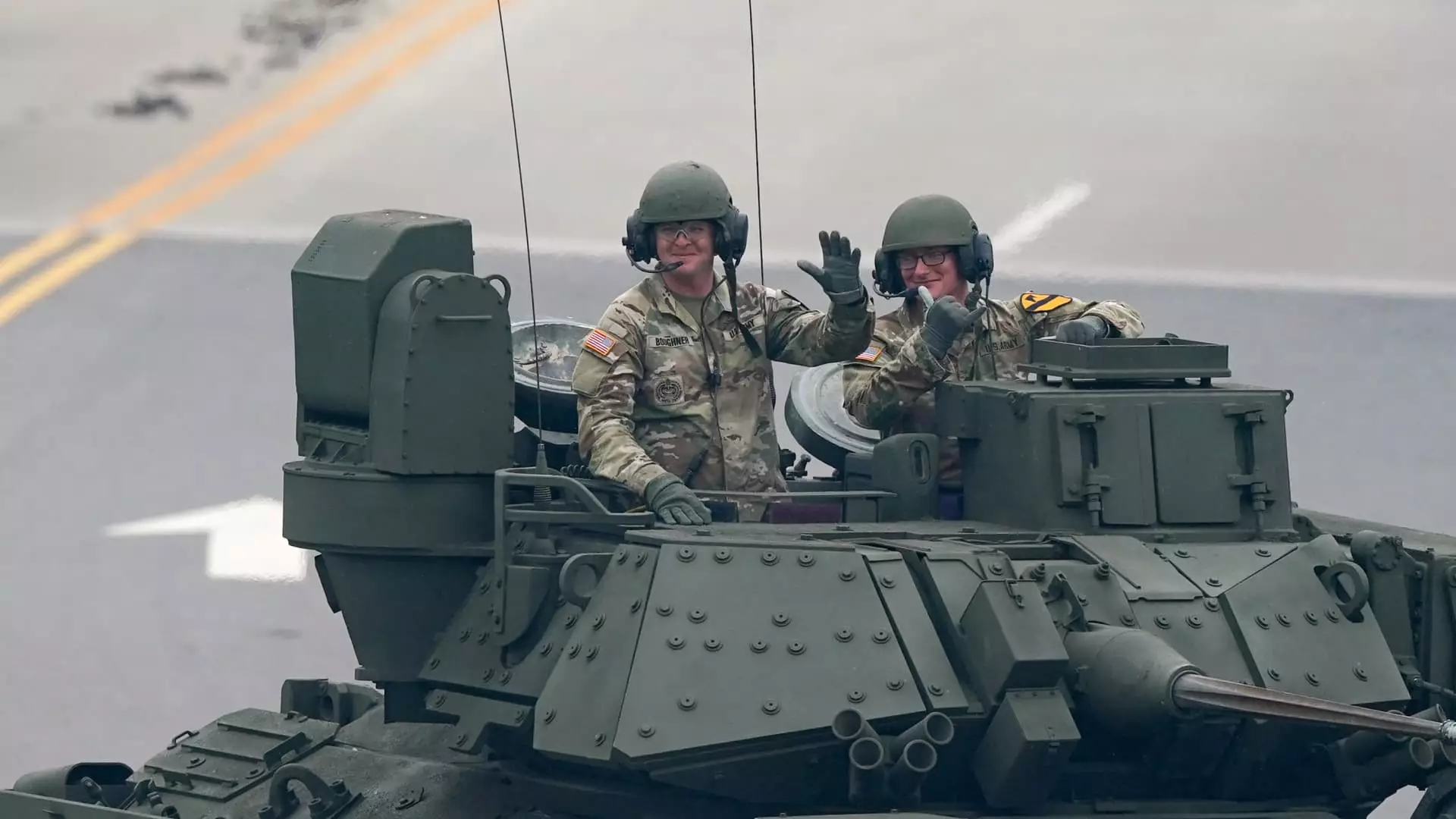European defense stocks have experienced an impressive surge recently, reflecting a palpable shift in geopolitical sentiments. With world leaders converging for the NATO summit in The Hague, the atmosphere is thick with urgency—an urgency stemming from rising global tensions that demand robust military preparedness. The anticipated agreement among the 31 NATO member states (excluding Spain) to increase defense spending targets to 5% of GDP signals a decisive pivot in defense strategies, underscoring the severe implications of geopolitical instability. Such measures are not just reactionary; they are essential for national security and global peace, given the rampant conflicts that scatter the globe like dangerous powder kegs, ready to ignite at any moment.
This strategic shift appears to resonate within the markets, as evidenced by the remarkable performance of the Stoxx Aerospace and Defense index, which has skyrocketed almost 50% this year. It’s hard to ignore that these numbers are not just random fluctuations within the financial landscape; rather, they indicate an emergent trend where defense stocks are becoming central players on the economic stage. As societies grapple with security challenges, investors are increasingly looking to capitalize on the uptick in defense spending, seeing these companies not as mere defense contractors, but as vital partners in a nation’s safety infrastructure.
The Financial Ripples of a Defense Surge
The notable rise in European defense stocks is not coincidental, but rather a testament to the volatile international climate. Companies like Babcock International, which witnessed a remarkable 12% rise in stock value, are leading this charge. Babcock and its peers have understood that to thrive in such tumultuous times, they must innovate and adapt to the unprecedented demands of modern warfare, including advancements in technology and cybersecurity. With nations actively seeking to bolster their military capabilities, these defense companies stand to gain substantial contracts that could define their prosperity for years to come.
In tandem, the performance of broader European markets reflects a cautious optimism among investors. With indices like the pan-European Stoxx 600 also trending upward, there seems to be a collective agreement among market players that the geopolitical landscape will only inflate the demand for defensive measures. Markets traditionally react sluggishly to long-term strategizing, yet the current bullish sentiment surrounding defense stocks suggests that investors feel an impending uphill battle looms—one where the merits of preparation cannot be overstated.
Currencies and Global Economic Context
Shifts in currency values often serve as a barometer of investor sentiment. The British pound’s steadiness against the U.S. dollar only reinforces this narrative. As traders navigate through the bevy of market developments, the pound’s rise reflects not only the strength of the British economy but also the foreign investment flows tied to proficiency in national security protocols. Currency valuations are no longer just numbers—they translate to confidence. Investors are not merely interested in short-term dividends; they are increasingly seeking refuge and solidity in markets that exhibit strong fundamentals, which, at present, means leaning into defense-oriented investments.
However, the optimism surrounding defense spending is not isolated from the wider implications of this geopolitical turmoil. Commentators rightly express concern about diverting government funding from social welfare programs to military expenditures. The data released from the ongoing NATO summit indicates a dramatic focus on military budgets that rivals crucial funding for healthcare and education. Where will the balance lie in this complex equation of national defense versus social welfare? Will these investments translate only into greater security, or are we, as a society, trading immediate comforts for a more militarized state?
Anticipatings the Future
Futures data depicting a positive trajectory for European markets echoes a collective realization: with great challenges come great opportunities. However, as we stand on the precipice of this new military-industrial renaissance, we must assess whether our investments in security truly align with aspirations for peace. The perceived need for stronger military alliances, particularly by nations within NATO, should be examined through a lens of cooperation rather than rivalry.
As the world watches with bated breath, the unfolding developments around the NATO summit and the complexities of international relations necessitate a thorough re-examination of what it means to balance national security with global harmony. Are we entering into a phase where military prowess is heralded above all else? The stakes are undeniably high, and the choices made today will reverberate through generations. Evaluating where we choose to invest—both economically and ideologically—will define not just our national security but also our place within the framework of an interdependent world.

Leave a Reply